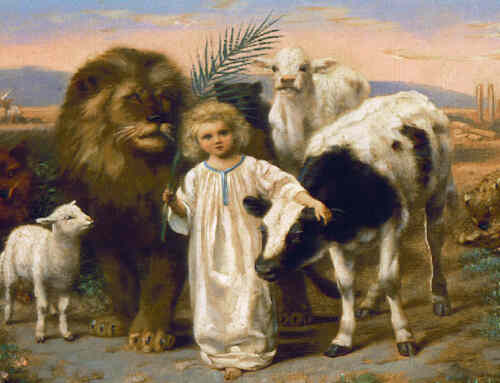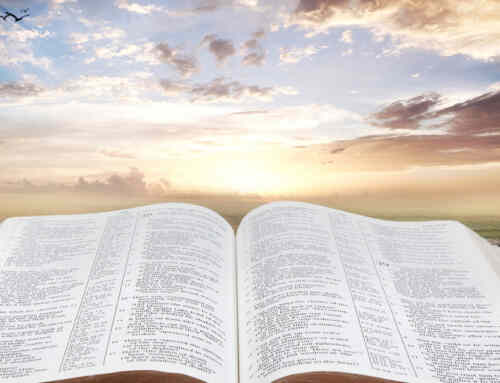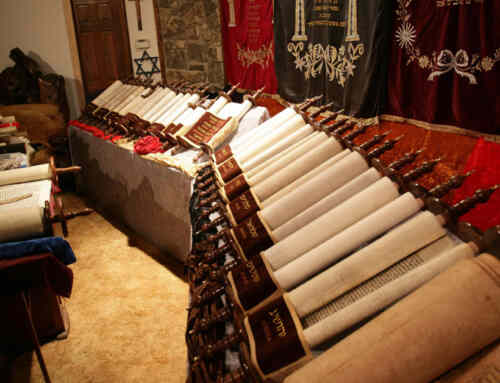The scholarly community is divided as to where the location of Eden was. The following answer presents one viewpoint:
Eden – Here is the description of Eden that appears in Genesis 2:10-14, “And a river went out of Eden giving water to the garden; and from there it was parted and became four streams. The name of the first is Pison, which goes round about all the land of Havilah where there is gold. And the gold of that land is good: there is bdellium and the onyx stone. And the name of the second river is Gihon: this river goes round all the land of Ethiopia. And the name of the third river is Hiddekel, which goes to the east of Assyria. And the fourth river is Euphrates.”
The geography seems clear when some translation issues are addressed. The Hiddekel (Tigris) and the Euphrates place the garden securely in Mesopotamia. Now for the translation issue—“Ethiopia” makes us think of the country on the horn of Africa south of Sudan. It is important to recognize that “Ethiopia” is translated from the Hebrew word “Cush.” At the time following the flood of Noah from which the Genesis account comes, we find that one of the sons of Ham was Cush. In turn, one of Cush’s sons was Havilah (Genesis 10:7), the same Havilah mentioned in Genesis 2 respecting Eden. Both Cush and Havilah continued to dwell in Mesopotamia—some of the people of Cush later moved to what we today call Ethiopia. Certainly, the most infamous of Cush’s sons was Nimrod (Genesis 10:8) who was the mastermind behind the Tower of Babel. The tower is in Babylon, and once again easily positioned in Mesopotamia.
So where is the Garden? You would need scuba gear to visit it close up. It is at the bottom of the northern end of the Persian Gulf.
It looks like those four rivers congealed just before they entered into the Persian Gulf. When the Flood came centuries later, it came from two sources. We know the heavens opened from above, but there was also an upwelling from below.
Genesis 7:10-12: “And it came to pass after seven days, that the waters of the flood were upon the earth. In the six hundredth year of Noah’s life in the second month, the seventeenth day of the month, the same day were all the fountains of the great deep broken up, and the windows of heaven were opened. And the rain was upon the earth forty days and forty nights.
It’s possible the upwelling pushed the waters of the Persian Gulf northward that created the immediacy of the flood and the waters for 40 days above increased the level of the oceans.
Therefore, the Persian Gulf has increased its depth of about a 15 cubit (around 30 feet) sea-level rise of the flood of Noah (Genesis 7:2). The identities of the Pison and Gihon rivers are consistent with what we can see in satellite images of ancient rivers. An interesting article dealing with this location for the garden appeared in Smithsonian Magazine. The May 1987 issue of Smithsonian has an article by Dora J. Hamblin entitled, “Has the Garden of Eden been located at last?” However, the scholarly community has not left off investigating the subject, and there is a more recent article by Jeffrey I. Rose, “New Light on Human Prehistory in the Arabo-Persian Gulf Oasis,” Current Anthropology 51 (December 2010): 849–83.
Additional Resources:
Christian Questions Podcast
Episode #1090: “What Profound Secret Does Creation Reveal? Contradictions (Part V)”
Startling revelations from Genesis 2
Preview Video
CQ Rewind Show Notes















